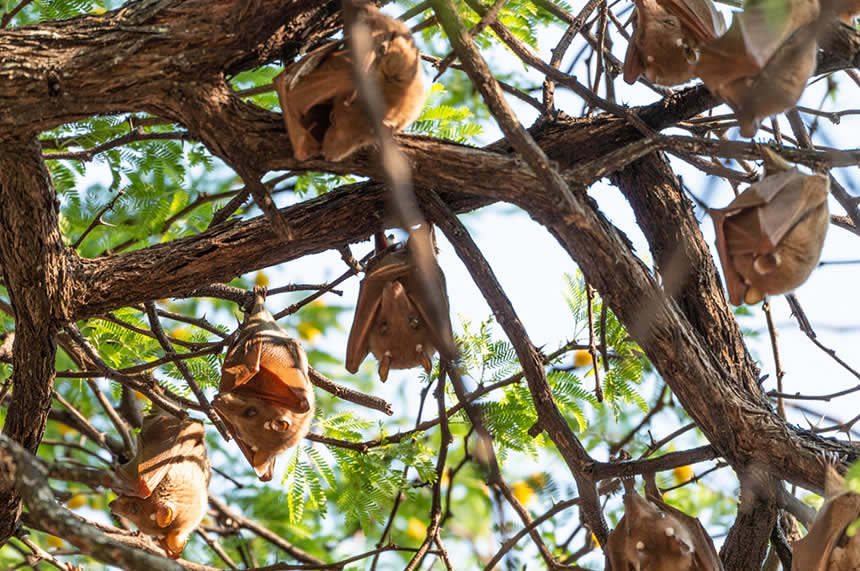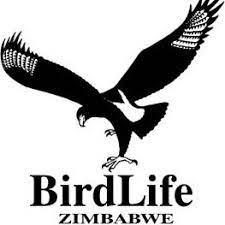Nature Quest
Activity #10NATURE QUEST ACTIVITY
Wild Sleepout

Got a taste for nightlife? What could be more exciting than a night under the stars?
The world is a different place in the dark, with wildlife you never imagined even exists. And it’s just waiting for you to have a very different and thrilling experience.
Camp in a tent, under a blanket, or even under a bush. Stay out for the whole night, or just try it for a few hours.

Did you know shooting stars are actually particles of space debris, ice and rock, burning up as they enter the earth’s atmosphere?
EQUIPMENT NEEDED
You don’t need a mountain of kit for a wild sleepout. Forget home comforts and keep it simple:
- Tent with groundsheet
- Sleeping bag or duvets and blankets
- A torch
- Firewood (if you have permissions to light a fire)
- Moth lure (see below) – over-ripe bananas, sugar, cola, molasses, paintbrush
- Soft paintbrush
- Magnifying glass
- Jar or bug pot
- A sense of adventure!
STEP BY STEP GUIDE
1. Choose a dry, calm night (ideally a warm one) and set up your tent in a safe spot. If you don’t have a tent, you could make a shelter.
2. Get a stock of food to keep you going and if you have somewhere safe for one, set up a camp fire.
3. Quietly explore your surroundings for night life (a piece of red film over your torch will mean you disturb wildlife less and get a better look), always listening carefully. You’re almost certain to find moths congregating around outside lights, if you’d like to explore them in more detail have a go at setting up a moth lure. Break the bananas into pieces, put them in a bowl and squash them with a fork. Then add some sugar and a dollop of treacle, pour on enough cola to dissolve the sugar and make the mixture runny enough to spread with a paintbrush, but not so runny that it will drip. Pour the mixture into a pan and gently heat it up. Once all the sugar has dissolved and the mixture is gloopy, take it off the heat. Leave the sugary syrup to cool, stirring it now and again. Just before dusk, paint the syrup onto a bare tree trunk or a fence post.
4. In the morning see what’s come to feed, using your paint brush to gently brush them into your jar. This will give you a chance to take a closer look with your magnifying glass and try and work out what you’ve caught. Be careful not to leave your moths in the jar too long, particularly if it’s not ventilated, and always put them back carefully where you found them.
5. Take time to watch carefully for bats too and if you’re really lucky and quiet, you may spot some wise old owls.
6. Finally, tell some wild stories and have a comfy snooze under the starzzz zzzz zzzz!
Alternative sites in Harare where you could do this activity:
- Mukuvisi Woodlands
- Haka Park
- Lake Chivero
ASSOCIATED GAME

Bat and moth game
The group stand in a circle facing inwards to mark out the extent of the habitat (they are the trees). One child is nominated to be the bat and is given a blindfold to wear. Another child is given the task of being the moth and enters the circle with the bat. It is explained that bats use echolocation to detect their prey. Sounds are emitted in waves, which bounce off the things they hit. Listening for the echoes will tell them where their prey is.
Before starting, the bat may be spun round a couple of times to disorientate them. The bat then begins and calls out ‘bat’ and the moth must immediately call out ‘moth’. By judging where the sound is coming from the bat must catch the moth. More moths can be added if you like. The trees can participate by calling ‘tree’ if the blindfolded bat steps too close to the habitat edge. After calling out ‘bat’ or ‘moth’ each child takes one step and one step only. Pupils can change roles once a moth has been caught.
The group should realise that calling out ‘bat’ often gives the bat a better picture of where the moth is. This is a good activity for gaining an insight into the different ways that other animals sense and feel, though care must be taken to explain that bats to do not call out ‘bat’ in the wild followed by a helpful call by a moth!
FOLLOW-ON ACTIVITY
Write a report of your wild night out. If you’re feeling creative you could do it from the perspective of some of the animals, birds or moths you saw.
Don’t forget to email or send us photos/drawings/writing to chirimutaronald@gmail.com or birds@zol.co.zw to demonstrate you’ve completed this activity.

